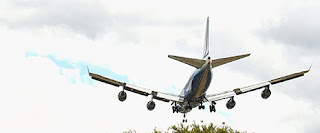I have started researching into world music magazines and found that many are only online. The reason i think this is that music does not play such a big part in many cultures, in England and America music plays a big part in culture, therefore there being many music magazines for all types of genres and while researching into the various music magazines i found there were not many for other cultures.

"Turkish music portal" is a Turkish music website based on the history of Turkish music, instruments and the different types, such as contemporary, folk, pop and classic. This was the only Turkish website or music magazine i was able to find, therefore showing that music may not take a huge part in the Turkish culture.
This was one music magazine i found amongst many others, showing music does play a big part in the Caribbean lifestyle. Although the website it is called "Island Vibes Magazine" it is not a printed magazine, the website posts recent music and also other topics, such as politics, business and other tops to do with the Caribbean.

This is a magazine website i found based on the Arab world. It is not only based on music but the different arts such as art, films, theatre etc. Whilst doing research on this particular culture this is the only magazine i found based on the Arab culture as a whole, the others were based on Arab countries separately, yet this is not a printed magazine.
This is the only Iranian magazine i came across, which is based on the latest Iranian music of all genres. It has interviews with musicians and reviews on them as well. This is not a printed magazine. Here is a quote from the magazine of what they wish to accomplish.: "
irzamin is an Iranian online music magazine and the project concept is to create a forum to connect the new wave of Iranian independent musicians and bands, both inside and outside of Iran,
to the Iranian public and the world."
This is not the only African music magazine which i found but what seems to be the most popular, the conventions of this i found to be the most similar to English and American music magazines, such as the subheadings, plug, and the use of the three colour rule. On the website it has a link for beauty, style and events, therefore the magazine is not only based on music.

Unfortunately i was unable to read most of the website as it was in Polish, yet there was an introduction to the website in english version, while researching for Polish music magazines i did not find many, showing music may not play a large part of the Polish culture other than traditional folk music.



































